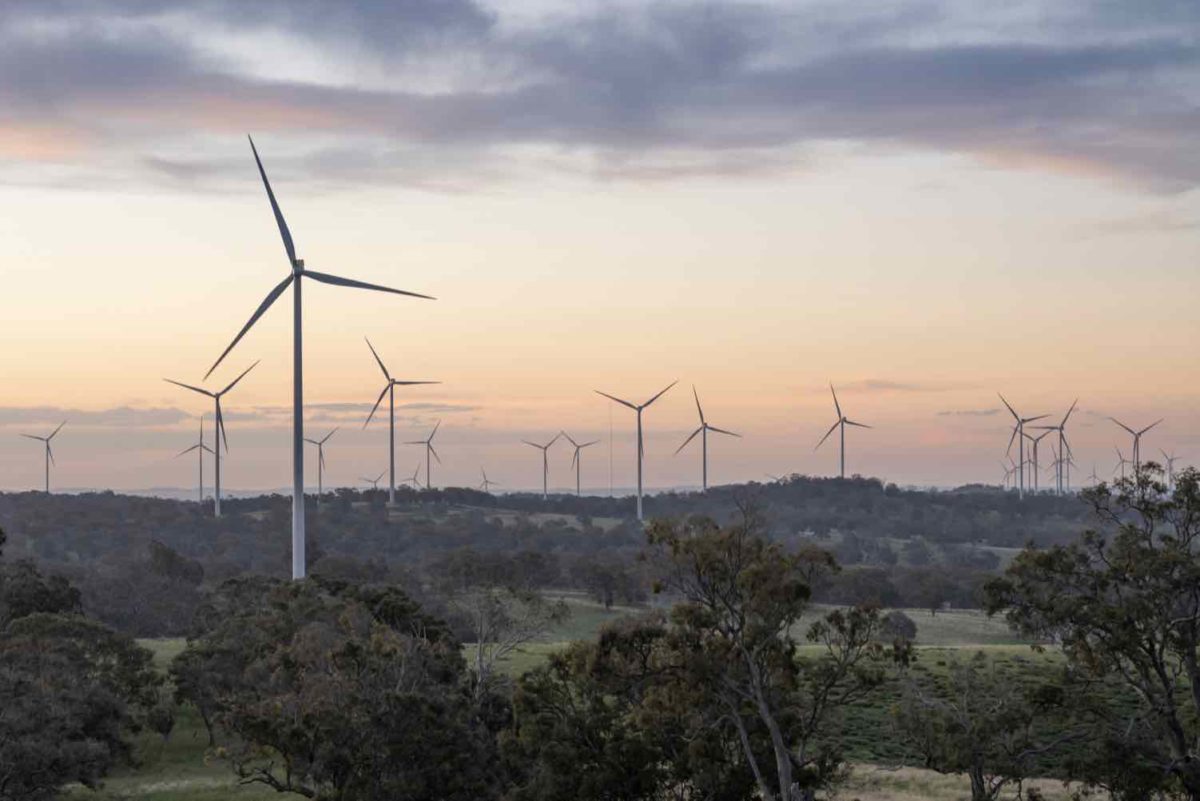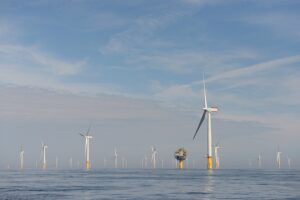A global shift to bigger, taller and better designed wind turbines could lead to a significant boost in overall efficiency, overcoming predicted declines in wind availability caused by climate change, new research suggests.
The research findings, published in the journal Nature Energy, suggest the shift towards larger wind turbines will lead to significant improvements in wind power capacity factors and overall gains in turbine efficiency – of as much as 25 per cent over the next decade.
A lead author of the paper, Dr Christopher Jung of the Albert-Ludwigs University of Freiburg, said the performance gains being achieved by modern wind turbines would more than compensate for predicted changes in wind patterns caused by climate change.
“What was surprising was the low impact of climate change on the wind resource compared to the projected technical development of wind turbines,” Jung said.
A key measure of wind turbine performance is its capacity factor – measured as the percentage of time during which the turbine produces the equivalent of its full rated output capacity.
The study estimated that in 2021, the average capacity factor of the world’s wind turbine fleet sat at 25.1 per cent – reflecting the inherent variability of wind availability.
The researchers found that changing wind conditions caused by climate change would only have a negligible impact on wind energy yields, with most of the world seeing potential reductions in wind availability of well below 5 per cent under most climate scenarios.
However, the researchers noted that the climate impacts were highly variable across different regions.
The climate impacts, however, are expected to be much smaller than wind turbine technology improvements, with the researchers forecasting improvements in wind turbine design, and an ongoing shift to bigger and taller turbine designs, could lead to a 23.5 per cent increase in efficiency across the world’s wind turbine fleet.
The study predicts that technology improvements could see global wind turbine capacity factors grow to as high as 31 per cent by 2035, under ambitious technology development scenarios.
Significantly the researchers compared this forecast to the predicted changes in wind conditions, with the impacts of climate change expected to contribute to an overall decline in global wind resources.
“This study found a statistically significant increase in future global capacity factor caused by the development of the wind turbine fleet. The increase occurs under slow and ambitious wind turbine fleet development. The identified climate change-induced capacity factor decrease is always smaller,” the paper says.
“Thus, the climate change-induced decline in the wind resource can be more than offset with modernisation of the wind turbine fleet,” the study says. “Also more significant than the overall impact of climate change on usable wind are fluctuations in resource availability between individual years.”
Building taller wind turbines, with longer blades, can greatly increase the electricity yield from wind projects, as it allows turbines to access the higher quality wind resources that prevail at higher altitudes and will enable the turbine blades to harvest energy from a much larger area.
A doubling in the length of a wind turbine’s blades allows it to sweep an area four times as large, quadrupling the potential energy yield from an individual turbine.
An additional part of the global capacity factor improvement predicted by the researchers is driven by a gradual replacement of early wind turbine model designs, which were generally built smaller, with shorter blade lengths, compared to modern designs.
Improvements in engineering and materials production advancements have allowed turbine manufacturers to offer much larger turbines. For example, the massive Haliade-X wind turbine model offered by GE Energy is one of the world’s largest commercially available turbine designs, reaching up to 260 metres in height, with 110-metre long blades, producing as much as 14MW from a single turbine.
This compares to the wind turbine designs used at Australia’s largest wind farm, the 453MW Coopers Gap wind farm in Victoria commissioned in 2019, which features 115-metre tall GE turbines with an individual rated output of up to 3.8MW.










